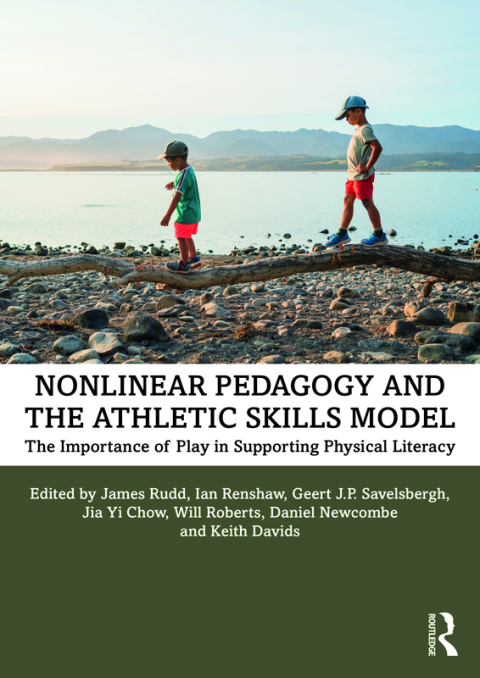Description
Efnisyfirlit
- Cover
- Half Title
- Title Page
- Copyright Page
- Contents
- List of Figures
- List of Tables
- About the Authors
- Section I Theoretical Positioning of Physical Literacy
- 1 Time for a Rethink: Why a New Approach to Physical Literacy Is Needed
- 2 Understanding the Ecological Roots of Physical Literacy and How We Can Build on This to Move Forward
- 3 What Physical Literacy in the Community Can Teach Us: Learning Design in Natural Settings
- Section II Contemporary Approaches for Operationalising Physical Literacy
- 4 Motor Learning and Why It Matters: How We Teach Physical Literacy
- 5 Nonlinear Pedagogy: A New Framework for Designing Learning Environments for Sport, Physical Education and Recreational Activities
- 6 Practitioners as Architects of the Environment: How We Can Use Environmental Design Principles to Support Physical Literacy
- 7 The Athletic Skills Model: Enhancing Physical Literacy across the Lifespan
- Section III Further Considerations and Future Direction of Research and Practice in Physical Literacy
- 8 A More Holistic Way of Measuring Physical Literacy
- 9 What We Have Learned and the Way Forward
- Section IV Exploring New Avenues of Research to Understand Physical Literacy
- 10 Physical Education: Combining Movement Education and Nonlinear Pedagogy to Provide Meaningful Physical Education Experiences
- 11 Boing and Physical Literacy: A Play-Based Movement Programme for Community, School and Sport
- 12 High Performers: Physical Literacy Is Still an Important Consideration
- 13 Measuring Physical Literacy: A Fresh Approach
- 14 Development of Creative Movement through Enriched Game Design
- Index





